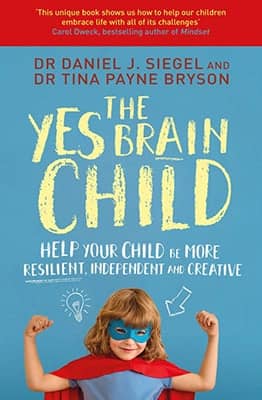The Real Cost of Social Media – Jennifer Oaten
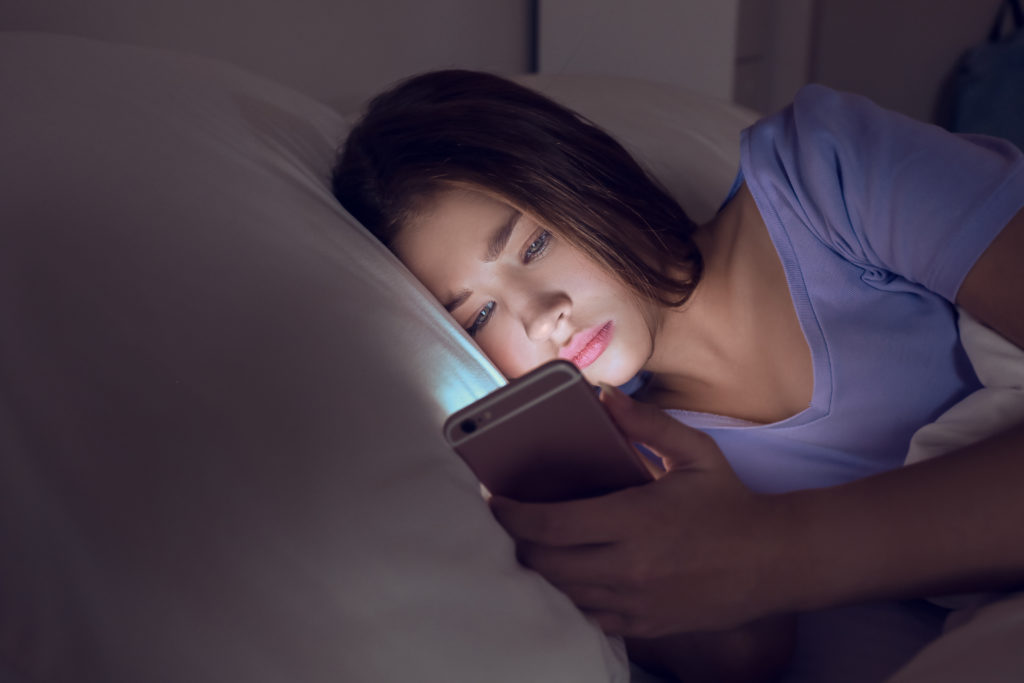
What is the last thing young people look at before going to sleep and the first thing they check when they wake? Social media.
Our young people have been born into this generation of technology. They don’t know any different; at least we experienced life before smartphones and, more importantly, before social media. Life was simpler then. Children were more active, and when they went home, they had a break from their friends, and their opinions and their network of friends was much smaller.
Today, this is not the case; our young people are not disconnecting, and technology, predominantly a smartphone, makes it easy for them to be connected 24/7.
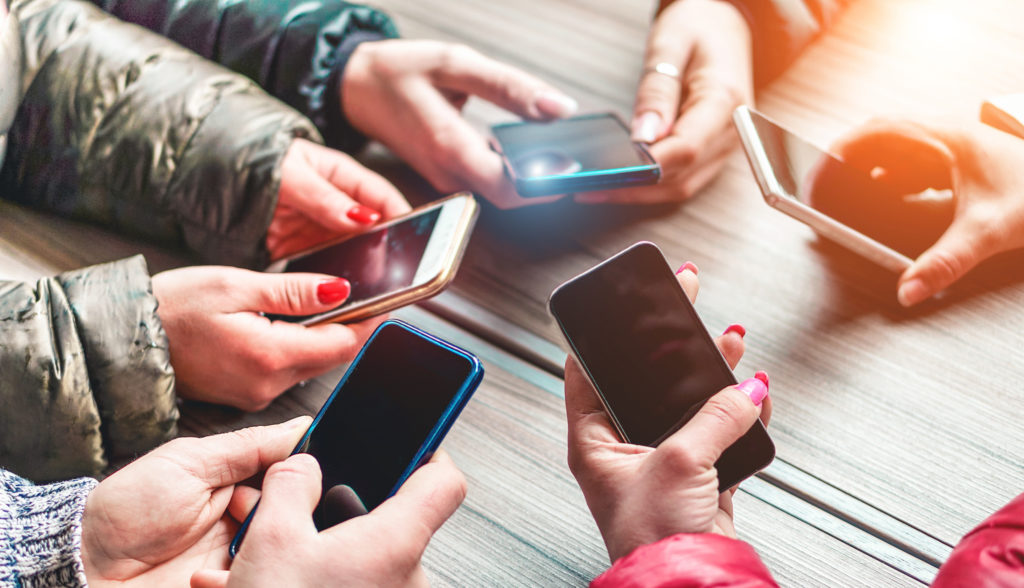
Smartphones are used for so many different parts of our life not just to call someone; we can take quality photos and videos, use them like a GPS, access our emails, search for information via the web, pay a bill and even prove we are vaccinated. Unquestionably, smartphones are a miracle of technology. I wouldn’t say that smartphones were cheap either, but with flexible payment options available these days, it seems like many of our young people have one. We have so many things available at our fingertips, and we enjoy the convenience, but what is the actual cost of this technology and more importantly, what is the cost to our young people and their mental health?
Research has shown a strong correlation between the uptake of social media use with significant increases in mental health issues. The graph below indicates the correlation between increased smartphone adoption and time online with levels of depression.
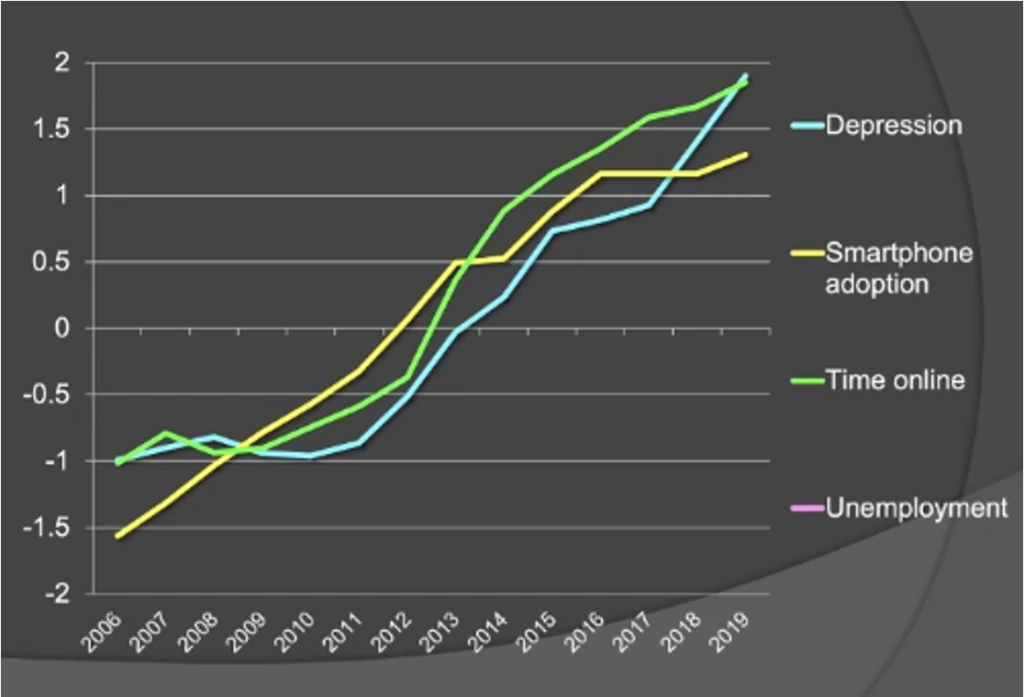
This research suggests that young people who are heavy social media users – spending more than two hours per day on social networking sites such as Facebook, Snapchat, TikTok, Twitter or Instagram – are more likely to report poor mental health.
With nine out of ten teens aged 13 – 17 using social media platforms, it is not surprising that the number of young people experiencing anxiety has increased. These years are crucial periods of emotional and social development. Only time will tell the full extent to which social media impacts our young people’s lives
Why is social media leading to poor mental health?
Our young people are in a constant state of alertness from the continual notifications from their social media sites; all encourage compulsive checking for updates. The “fear of missing out” (FOMO) is one of the factors prompting the average person to check their phone up to 85 times a day which equals 46 hours a week. Today, teenagers spend many hours surrounded by the tentacles of their mobile phones to which they are connected 24/7. The barrage of alerts, notifications, and social media feeds continue day and night about events, incidents, and bad news stories such as COVID – 19 and world disasters, leading to stress and depression. This also impacts the quality of sleep as devices are kept in bedrooms overnight. Sleep deprivation is a key contributor to anxiety.
Young people see the ‘glamorous’, ‘exciting’ lives of others and feel their lives are inadequate. Missing out on information, social activities or chats can also lead to feelings of inadequacy and obsession over likes and followers and are a key contributor to anxiety.
Perfect bodies in perfect worlds are promoted on social media and often lead young people to compare their bodies to others, feeling insecure when their weight, wardrobe, or appearance differs from what they see online. These comparisons with photoshopped images of unrealistically thin or muscular bodies and this pursuit of perfectionism can manifest as anxiety or eating disorders in more severe cases. Influencers, celebrities, fashion brands, and advertising organisations have a lot to answer for.
Time wasting is one of the most significant challenges of social media. So much time is spent, with very little achieved. One post, one site, one TikTok leads to another to another, and before you know it, an hour or two has passed, and nothing has been accomplished. Students may waste so much time on social media that they fail to spend the necessary time studying for assessments and exams. The outcome is then that students are too anxious to sit examinations or their academic performance is poor. Multitasking while studying, for example, by being active on social media, has a negative effect on schoolwork, leading to poor academic performance.
Being connected online is very different to being connected face to face. Relying on screens rather than interpersonal connections to resolve issues and build friendships leaves some young people very isolated and challenged in social situations where they must converse in person. It is easy to substitute face-to-face interactions for likes and comments; however, spending more time online than face to face can lead to isolation and social withdrawal.
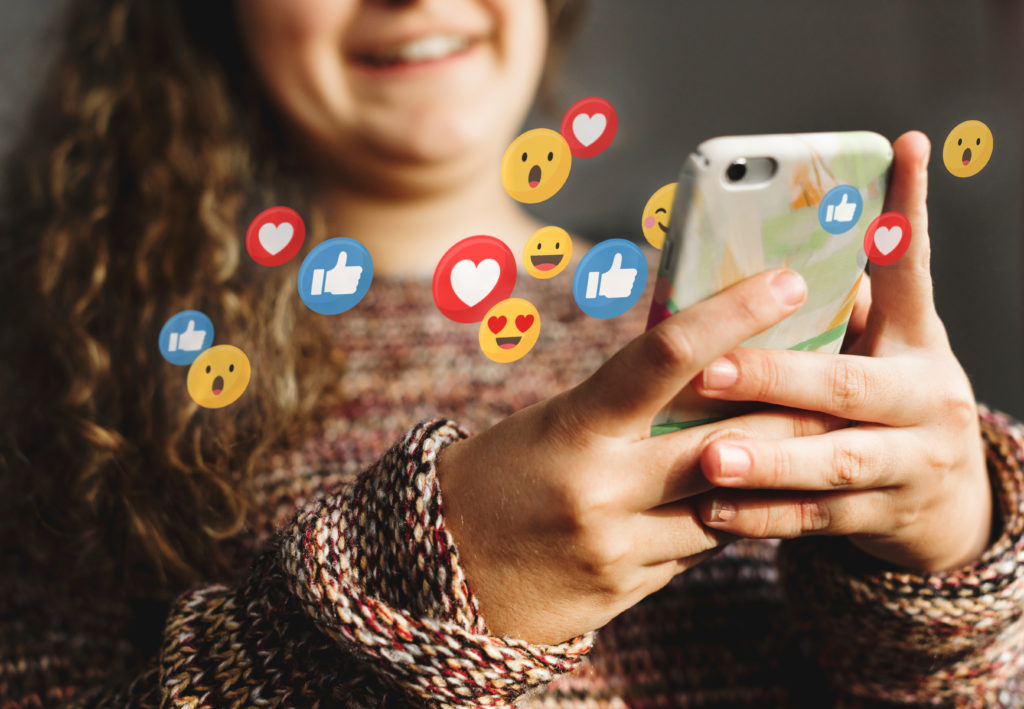
How can parents and educators help?
Social media impacts different people in different ways; however, some suggestions on how to support our young people include encouraging them to:
- Balance the digital world with real-world interactions. Our young people need to develop relationships face-to-face and engage in device-free activities. This is crucial for their social and emotional development and wellbeing.
- Set designated times for technology access, for example, 7.00 am to 8.00 pm, avoid night time usage, and control time and frequency of use, for example, set aside half an hour.
- Set a goal for your child to disconnect from their devices, ideally an hour before sleep. Have a central charging station out of the bedrooms, but if you are struggling to enforce this, ensure they turn their phones on to ‘do not disturb mode’ at night time.
- Introduce technology-free family days or times.
- Make a stand. Not every notification needs a response or a response right now.
- Review social media feeds, being selective about choices of who to follow.
Encourage your children to follow accounts that make them feel positive and empowered and unfollow the accounts that do not. - Encourage phone conversations as a means of communicating, or if online being visible and have conversations where they can see each other.
- Ensure you are a role model demonstrating controlled social media use in front of young people.
We need social media companies to do more. They need to acknowledge the impact of social media on our young people’s mental health and be proactive in this space.
The Royal Society for Public Health recommends companies enable warning signs to pop up when excessive time is spent on social media sites; visually highlight when photos have been digitally manipulated or enhanced; and provide information to support users if mental health concerns are detected in online posts.
Being aware of the impact of social media on anxiety and other mental health conditions is a key starting point for change. If the social media companies continue to shun their corporate responsibility, we need Government to step in and provide some legislation to help.
Mental health issues can happen as a response to many different situations in our lives many of which are difficult to control. Phone and social media use is one area we can control.

The Power of Expectations in Shaping Student Success – Jennifer Oaten
Discover the transformative impact of expectations on student success. Learn how belief shapes outcomes in education and beyond.

Weekly Wrap Up: Term 2, Week 1, 2024
Term 2 has kicked off with a bang! We enjoyed the Year 11 Father-Daughter evening, celebrated Earth Day, and welcomed Dr. Mark Williams.

Inspiring Change: Earth Day 2024
Our Earth Day celebration this week was a powerful reminder of our collective responsibility to protect our planet for future generations.
- Featured
Author: Santa Maria College
Santa Maria College is a vibrant girls school with a growing local presence and reputation. Our Mission is to educate young Mercy women who act with courage and compassion to enrich our world. Santa Maria College is located in Attadale in Western Australia, 16 km from the Perth CBD. We offer a Catholic education for girls in Years 5 – 12 and have 1300 students, including 152 boarders.





